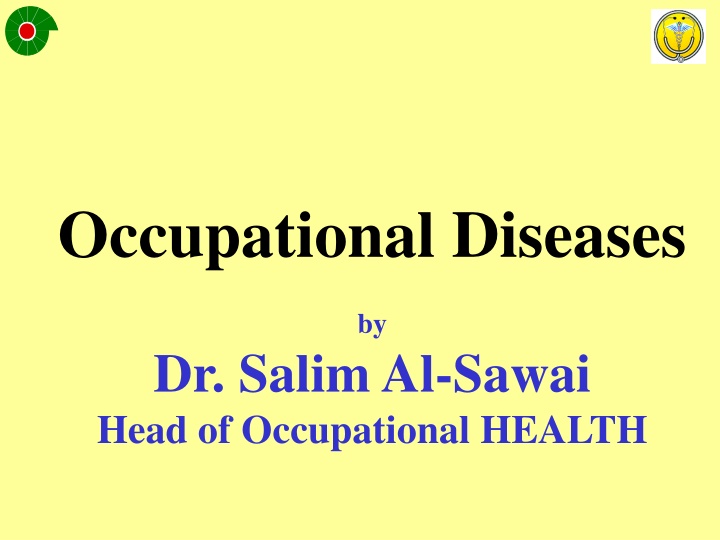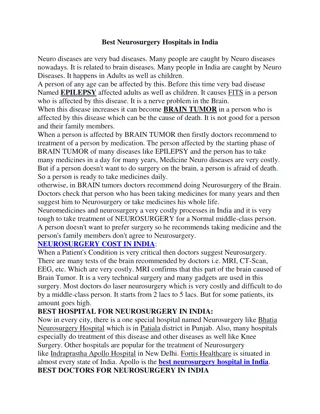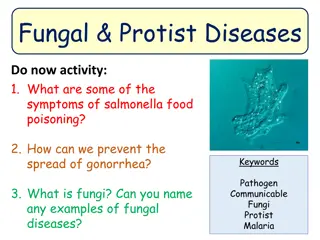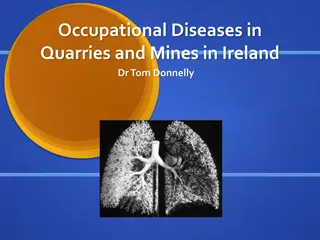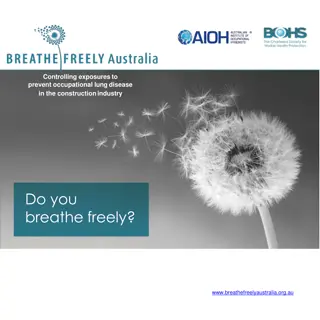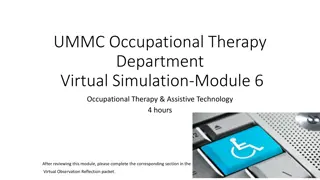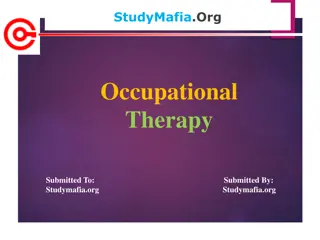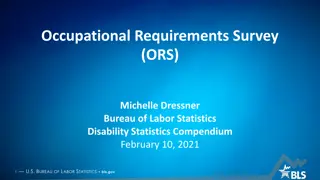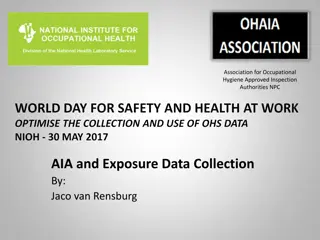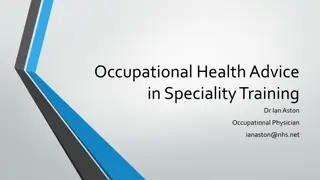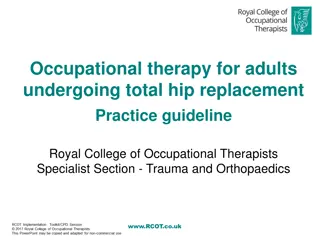Occupational Diseases
occupational illness is a work-related health condition caused or worsened by exposure to hazards in the workplace. These hazards can be physical, chemical, biological, ergonomic, or psychological. When determining if an illness is work-related, steps including occupational history, clinical examination, investigations, and exposure monitoring are taken. The classification of occupational illnesses includes categories such as infectious diseases, skin disorders, respiratory conditions, poisoning, musculoskeletal disorders, cancers, mental stress-related illnesses, and more.
Download Presentation

Please find below an Image/Link to download the presentation.
The content on the website is provided AS IS for your information and personal use only. It may not be sold, licensed, or shared on other websites without obtaining consent from the author.If you encounter any issues during the download, it is possible that the publisher has removed the file from their server.
You are allowed to download the files provided on this website for personal or commercial use, subject to the condition that they are used lawfully. All files are the property of their respective owners.
The content on the website is provided AS IS for your information and personal use only. It may not be sold, licensed, or shared on other websites without obtaining consent from the author.
E N D
Presentation Transcript
Occupational Diseases by Dr. Salim Al-Sawai Head of Occupational HEALTH
What Is An Occupational Illness? Any work-related illness mainly caused or aggravated by exposure to Health hazards at work environment. It must arise out of or in the course of employment. As a result of R.exp/Time
Health hazards Physical e.g. Noise, heat, cold, radiation, vibration Chemical e.g. asbestos, gases, vapours, lead Biological e.g bacteria, viruses etc Ergonimical-work station design- RSI Psychological- Stress
When an illness is work related? Steps before diagnosis 1st step Occupational History - Job description & tasks -Is causal agents/conditions present at work? -Was employee exposed? - List of previous employment & exposures -Is exposure sufficient to cause illness? - Duration and frequency of exposure
- Is there any non-occupational exposure? - Family history- genetic - Past medical history - Second job and hobbies
2nd step Clinical examination 3rd step Investigations -Biological tests -Radiological - Physiological
Has an illness indeed occurred? Is the illness work-related i.e. attributable mainly to occupational exposure? 4th step Site visit and exposure monitoring. Combination of steps from 1-4 would help you to make decision.
Classification of Occupational Illnesses 1. 2. 3. 4. 5. 6. 7. 8. 9. 10. Infectious and Parasitic Diseases Skin Diseases and Disorders: Respiratory Conditions due to Dust or Toxic Agents Poisoning (Systemic Effects of Toxic Materials) Upper limbs and neck disorders Back problems and lower limbs disorders Cancers and Malignant Blood Diseases Diseases due to mental stress Noise Induced Hearing Loss Other Illnesses and Disorders
1. Malaria, food poisoning, infectious hepatitis, legionnaire's disease 2. Skin Diseases and Disorders Contact dermatitis, allergic dermatitis, rash caused by primary irritants and sensitizers or poisonous plants, chrome ulcers 3. Respiratory Conditions due to Dust or Toxic Agents Silicosis, Asbestosis, pneumoconiosis, allergic asthma, allergic rhinitis due to chemicals, dusts, gases, or fumes. 4. Poisoning (Systemic Effects of Toxic Materials) Poisoning by metals e.g lead, mercury, arsenic, or other metals Poisoning by gas e.g carbon monoxide, hydrogen sulphide, or other gases Poisoning by solvents Poisoning by pesticides Poisoning by other chemicals such as formaldehyde, plastics and resins. 5. Upper limb and neck disorders e.g Mouse disease Infectious and Parasitic Diseases
6. Back problems and lower limbs disorder 7. Cancers and Malignant Blood Diseases Mesothelioma; bladder cancer; leukemia 8. Disorders due to Mental Stress Tension headache, depression. 9. Noise Induced Hearing Loss 10. Other Illnesses and Disorders Eye conditions due to dust and toxic agents e.g arc eye Heat problems and radiation.
Who should report OH illness Employee Line manager/supervisor Medical
Why to report Intervention/ corrective actions Morals Legislation Litigation potential Research and epidemiology Costs (sickness absence etc) Reputation
Benefits of occupational illness early reporting Early detection and intervention Prevention Gain financially through-Reduced costs e.g insurance premium , reduced compensation, reduced absenteeism due to sickness High moral Increased productivity Excellent reputation, increased public image- more competitive in the market Prevents premature incapacity for work, reduces early retirement pension costs
Disadvantages of ignoring and not reporting Be aware of the hidden costs of OI Costs to train a new worker, Repair damaged property Investigate the accident and implement corrective action Maintain insurance coverage(High premium) Costs related to schedule delays and poorer customer relations More staff falling sick and increased absenteeism lower morale and high staff turn over
Do we need to investigate occupational illness Y/N Rule out/confirm WR Identify root causes Assess effectiveness of existing controls Remedial actions
How to prevent OI & your role Controls HRA-identify hazards, assess and put controls(Engineering controls, admin controls, PPE) Education and training Health care facilities Medicals check Monitoring of health hazards in the work environment Encourage early reporting
Recommendations Raise health awareness Encourage reporting Investigate all cases Report to local authorities
Occupational injury Work injury is a case which results from a work incident or from exposure involving a single event. Single-incident concept! Can be external or/and internal Examples - Cut, amputation, laceration, bruise - Fractures - Strains and sprains - Back disorders due to instantaneous event e.g from slips, trips, sudden movements.
- Deafness from explosion - Animal and insects bites except venomous - Burns- contact with hot or cold surfaces, chemical burns or electric burns.
